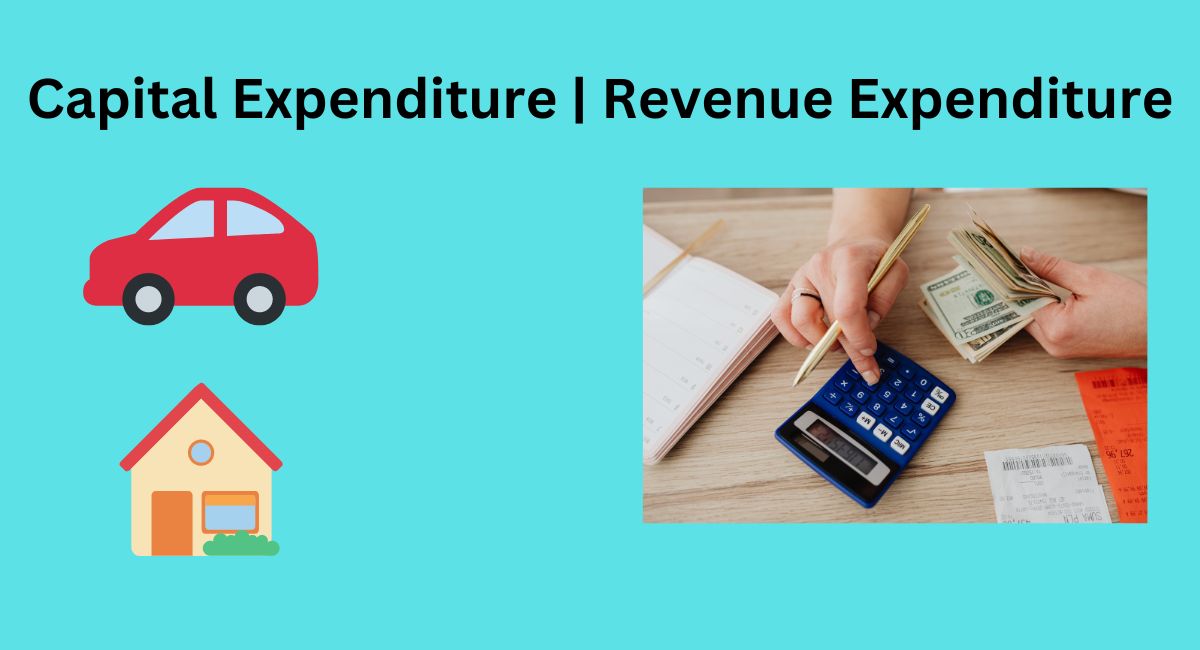Capital expenditure and revenue expenditure are two types of expenses that a company incurs in its day-to-day operations. Understanding the difference between these two types of expenses is crucial for businesses to make informed financial decisions.

Table of Contents
What is Capital Expenditure?
Capital expenditure is the money a company spends on acquiring, improving, or maintaining long-term assets, such as property, buildings, equipment, and technology. These assets are used by the company to generate revenue over an extended period. Capital expenditures are usually significant, and their benefits extend beyond the current accounting period.
Examples of Capital Expenditure
- Purchasing or constructing a new building or facility
- Buying new machinery or equipment
- Developing new software or technology
- Acquiring another company or its assets
- Upgrading existing infrastructure, such as renovating a factory
Benefits of Capital Expenditure
- Long-term growth: Capital expenditure allows a company to invest in new assets that will help the company grow over the long term.
- Increased efficiency: New assets and technology can improve the efficiency of a company’s operations, reducing costs and increasing productivity.
- Competitive advantage: Investing in new technology or assets can give a company a competitive advantage over its competitors.
- Tax benefits: Some capital expenditures, such as depreciation, can provide tax benefits to a company.
What is Revenue Expenditure?
Revenue expenditure is the money a company spends on day-to-day expenses necessary to keep the business running, such as salaries, rent, utilities, and supplies. These expenses are essential for a company’s daily operations but do not provide long-term benefits. Revenue expenditures are usually small and recurring, and their benefits are limited to the current accounting period.
Examples of Revenue Expenditure
- Employee salaries and benefits
- Rent or lease payments
- Utility bills, such as electricity and water
- Advertising and marketing expenses
- Office supplies and equipment maintenance costs
Benefits of Revenue Expenditure
- Maintaining operations: Revenue expenditure ensures that a company can continue to operate smoothly on a day-to-day basis.
- Immediate benefits: Revenue expenditure provides immediate benefits to a company, such as paying employee salaries or covering rent payments.
- Predictable costs: Revenue expenditure is typically recurring, and companies can predict their expenses and budget accordingly.
Differences
There are several key differences between capital expenditure and revenue expenditure, such as:
- Nature of expense: Capital expenditure is incurred on long-term assets, whereas revenue expenditure is incurred on day-to-day expenses.
- Size of expense: Capital expenditure is usually significant, whereas revenue expenditure is typically smaller.
- Benefits of expense: Capital expenditure provides long-term benefits to a company, whereas revenue expenditure provides immediate benefits.
- Treatment in financial statements: Capital expenditure is capitalized and depreciated over time, whereas revenue expenditure is expensed in the current accounting period.
Importance of Understanding
Understanding the difference between the two is essential for a company to make informed financial decisions. Companies need to prioritize their capital expenditures and invest in assets that provide long-term benefits, while also managing their revenue expenditures to ensure that they are not overspending on day-to-day expenses.
Conclusion
Capital expenditure and revenue expenditure are two types of expenses that a company incurs in its day-to-day operations. Capital expenditure is the money a company spends on acquiring, improving, or maintaining long-term assets, while revenue expenditure is the money spent on day-to-day expenses necessary to keep the business running. The main differences between the two are the nature of the expense, the size of the expense, the benefits of the expense, and the treatment in financial statements.
It is essential for companies to understand the differences between the two to make informed financial decisions. Companies need to prioritize their capital expenditures and invest in assets that provide long-term benefits while also managing their revenue expenditures to ensure that they are not overspending on day-to-day expenses. By doing so, companies can maximize their profits, improve their efficiency, and gain a competitive advantage over their competitors.
Important Links